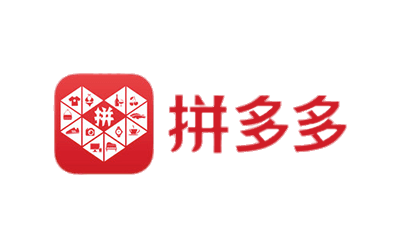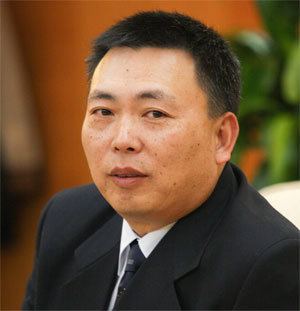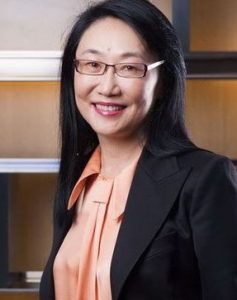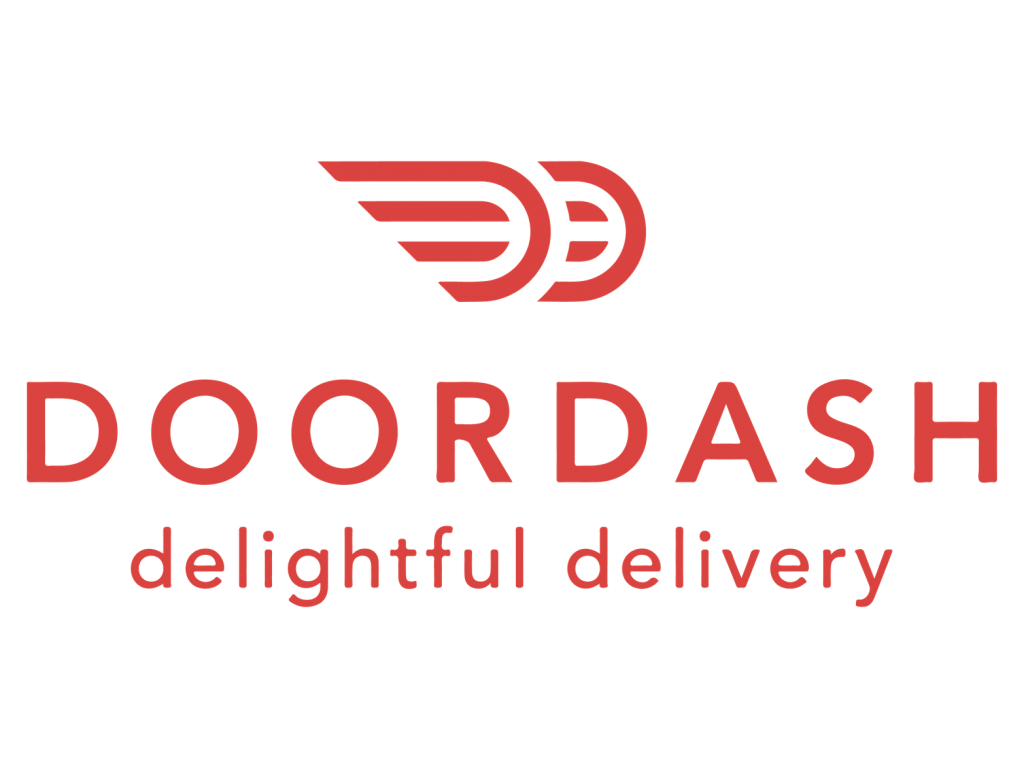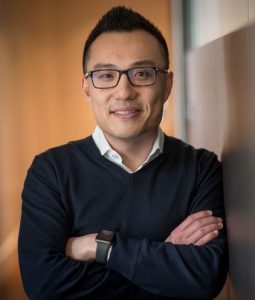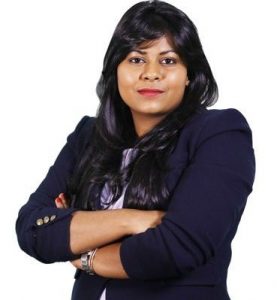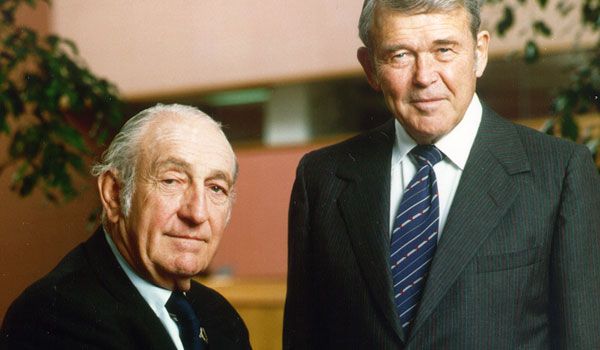Colin Huang : From Son of a Factory Worker to the CEO of a Billion Dollar Company ‘Pinduoduo’
There are rare chances that the destiny of a person meets his talent and help him achieve the things that at a point might be unimaginable. But there are real examples in the past that has proved that in the success of a person his hard work and talent work even more efficiently if his destiny is working with him too. The son of worker Parents, Colin Huang, would have never thought that his brilliance, and his destiny, will coincide and he will have his own rag to riches story. The 13th richest person in China, in just three years. The life story of Huang surely is a great example and inspiration for many.
Colin Huang was born in 1980, in Hangzhou, to the worker-class parents. While in school, he participated and won a medal in a Mathematics Olympiad, after demonstrating an aptitude in Mathematics. This was the point when his destiny started pushing him towards a good life. The prize of the Olympiad was a scholarship to a reputable school in Zhejiang province.
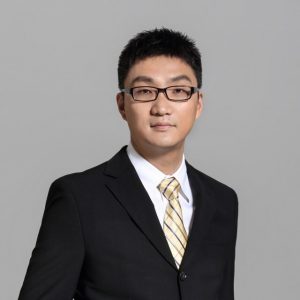
In the school, he got to know many elite students and was even introduced to the daughter of the Mayor of the school, as she too studied in his class. This helped him a lot to build up confidence in him and hence became more comfortable in interacting with the most brilliant students of the school.
As soon he completed his school, another opportunity came into his lap, and he was chosen to study at the prestigious Zhejiang University, where he pursued a degree in computer science. In his first year, he was also selected to be a part of the Melton Foundation.
During his college, he started an internship at Microsoft Beijing, where he earned the stipend worth 6,000 yuan. According to an interview, Huang accepted that the stipend he received for the internship was already greater than the salary of his parents altogether, at that time.
After completing his graduation, he went to the University of Wisconsin to pursue a master’s degree. At the university, he was doing exceptionally well, and his professor impressed by his brilliance provided him letters for the recommendation for a few of the biggest tech giants of that time.
After completing his education in 2004, he received the offer letters from three big companies, i.e. Oracle, Microsoft and IBM. Turning down all the three offers, he decided to work with Google, the company which had just filed its IPO in the same year.
Huang joined Google as an engineer. After working for three years with the company, in 2007, he resigned from his post, as he had got tired of flying back and forth, from the US to China, to resolve even the tiniest of matters. By the time, he had earned a lot of good money and was able to take the decision of quitting his job.
He flew back to China and started his first venture, an eCommerce website named Ouku. The website became popular soon, and after three years, in 2010, Huang sold the website. After Ouku, he founded Leqi, another website, and then, Xunmeng, a gaming studio.
All the three ventures he started, paid him well to lead to him to found another venture, Pinduoduo, which is also the most successful venture of the serial entrepreneur, Huang.
Pinduoduo is an eCommerce platform that provides its users with offers on group purchases. The company was founded in September 2015. Within a year, Huang was able to raise investments from the leading companies of China, i.e., Tencent, Gaochun and Xintianyu. The three companies alone invested a worth of US$110 million in company’s B round funding.
In 2018, the company reported the number of users, more than 200 million. On July 26, 2018, the company went public on NASDAQ, and with a US$1.6 billion IPO, it became the largest IPO of 2018. Pinduoduo is one of the youngest companies which is giving a tough competition to the more than a decade old eCommerce giants like Alibaba and JD.com. In fact, it is the third-largest e-commerce company in China by sales numbers, after the mentioned companies.
According to Huan, he had never thought of changing the world, but if he is contributing to that, there is nothing bad in that.
Pinduoduo, gets most of its traffic from the lower-tier cities, such that people belonging to the lower-class are also able to buy things on the website. The success of the company has even made Huang the 13th richest person in China. Currently, he is working as the CEO of the company, and his net worth is estimated to be $15.6 billion.

Yashica is a Software Engineer turned Content Writer, who loves to write on social causes and expertise in writing technical stuff. She loves to watch movies and explore new places. She believes that you need to live once before you die. So experimenting with her life and career choices, she is trying to live her life to the fullest.
